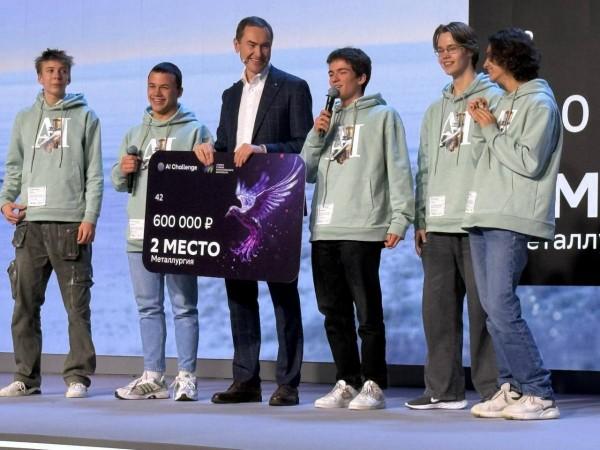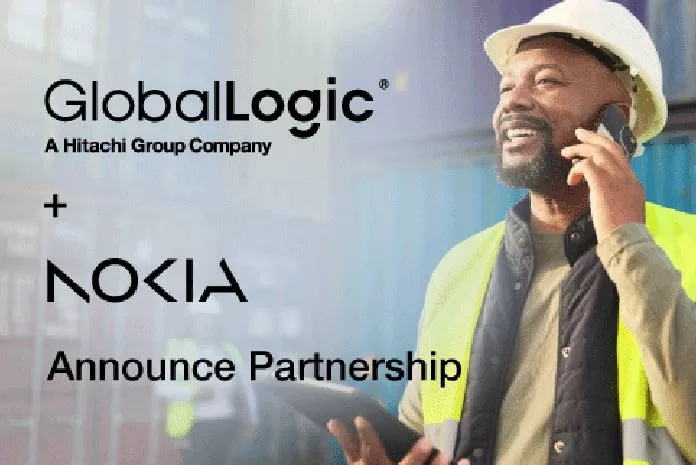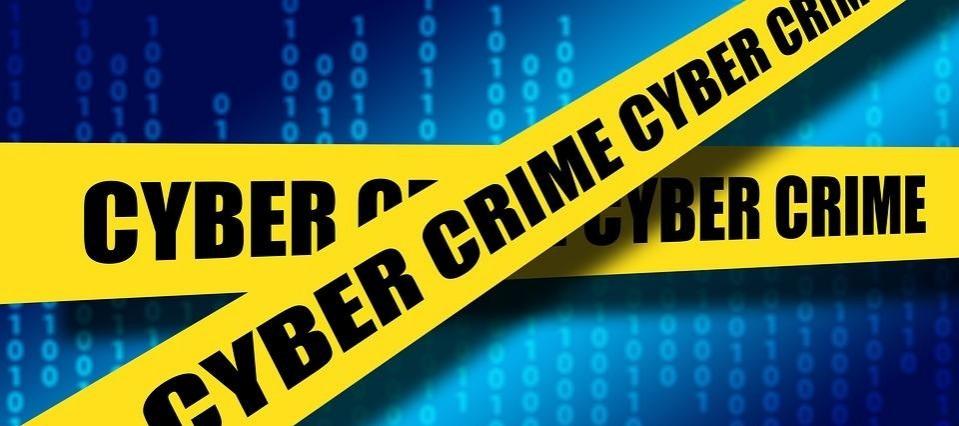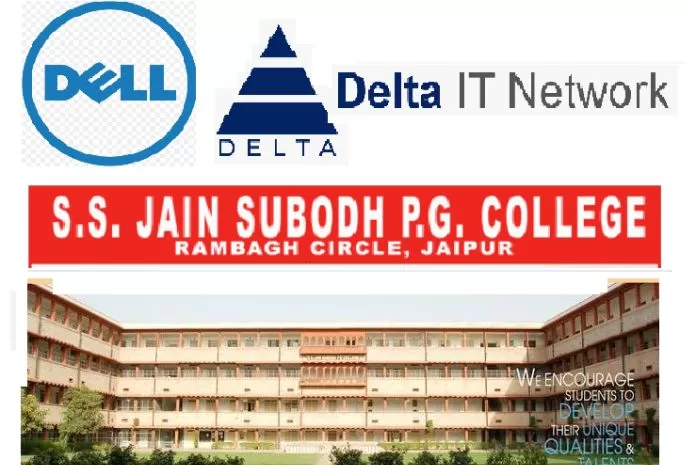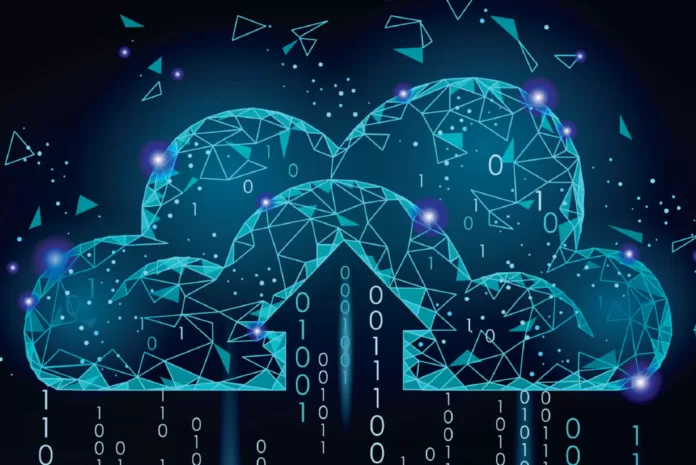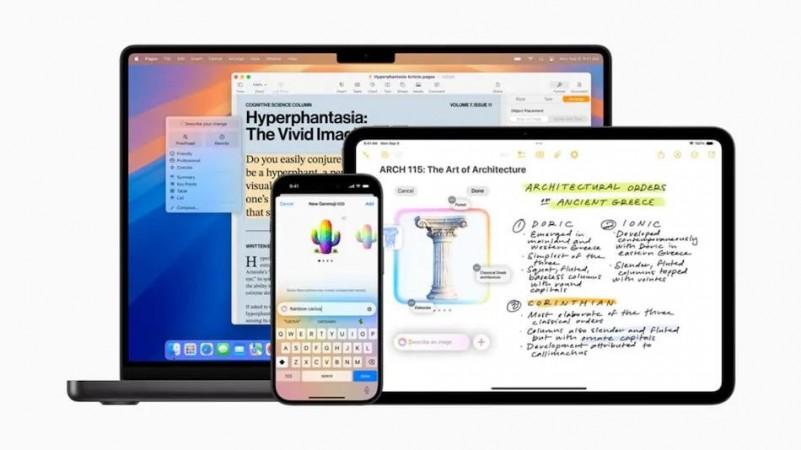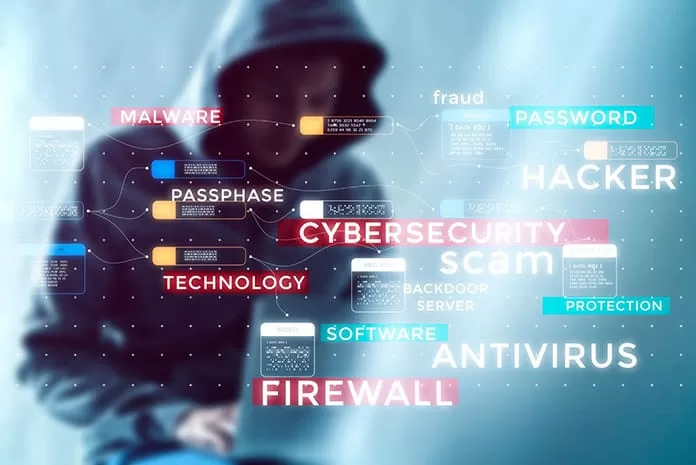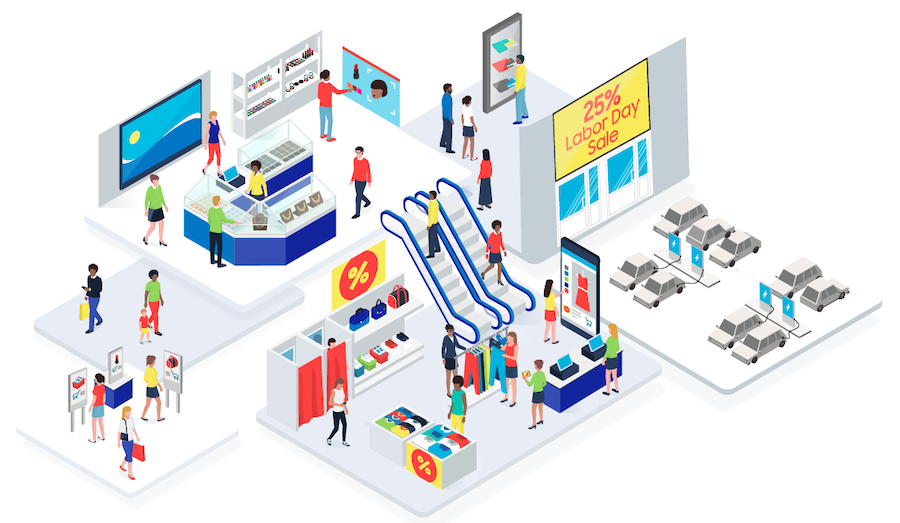
In today’s data-centric world, the line between innovation and technology is razor-thin, with data shaping strategic decisions across industries. Chandrashekar Althati stands out in this landscape, bringing over two decades of experience and a track record of impactful work in both data and healthcare technology. As a Data/Solutions Architect, Chandrashekar combines technical mastery with a visionary outlook, driving forward data solutions that genuinely improve lives. His career is a testament to how deep expertise and strategic insight can reshape industries and create lasting value.
At the heart of Chandrashekar’s career is his groundbreaking patent, “Multivariate Transaction Classification” (US8965820B2), a sophisticated system that reimagines data classification through multivariate analysis. Unlike traditional models that view variables independently, Chandrashekar’s method analyzes variables in relation to each other. This method enhances the accuracy and depth of data insights, proving invaluable across sectors like healthcare, finance, and marketing, where it elevates capabilities in fraud detection, customer segmentation, and trend analysis.
One of the most notable examples of this patent’s impact is in SAP Labs, where it is integrated into SAP Ariba, a premier global procurement solution. By automating anomaly detection, this technology has transformed fraud detection capabilities, protecting organizations from significant financial risks. In SAP’s Customer Relationship Management (CRM) platforms, the patent provides critical insights into customer behaviors, enabling personalized strategies that enhance client engagement and loyalty. In healthcare, SAP Health leverages this innovation to improve billing accuracy, regulatory compliance, and fraud prevention, allowing healthcare providers to allocate more resources toward quality care.
Beyond his work with patents, Chandrashekar’s technical expertise has positioned him as a key influencer in healthcare technology. As a Data/Solutions Architect, he plays an instrumental role in creating data strategies that empower healthcare providers to leverage data in making informed, effective decisions. Chandrashekar’s innovations in data workflows and patient management support a responsive, data-driven approach to healthcare. His contributions here are not only timely but also anticipate future demands, reinforcing his impact on healthcare technology.
Chandrashekar’s influence extends beyond his technical contributions; he is equally committed to fostering a culture of innovation. Known for his inclusive leadership style and encourages cross-functional collaboration. By inspiring professionals to think creatively and develop strategic insights, he ensures that his contributions have a multiplier effect, enriching the industry’s talent pool. Many of his mentees have gone on to lead impactful projects, embodying the principles he has instilled in them—adaptability, curiosity, and resilience.
Through his mentorship, Chandrashekar has shown that guiding the next generation involves more than sharing technical knowledge; it’s about nurturing a mindset capable of navigating the complexities of a tech-driven world. His commitment to empowering others has set a high standard for leadership in the field, making him a respected figure among peers and newcomers alike.
A hallmark of Chandrashekar’s work is his ability to anticipate and align with industry trends. His strategic foresight, particularly in areas like data security and predictive analytics, ensures that his initiatives remain relevant and impactful. He designs data ecosystems that are both robust and adaptable, ready to face emerging challenges while providing consistent value. This approach underscores his belief in sustainable innovation—a philosophy that shapes all his projects. By creating adaptable frameworks, he ensures that the data solutions are future-proof, capable of handling new demands without compromising quality.
What truly sets Chandrashekar apart is his dedication to using technology for societal good. In an industry often driven by profitability, his focus remains on meaningful, sustainable progress. His patented innovations, technical acumen, and commitment to mentoring reflect a vision of technology as a force for positive change. Chandrashekar exemplifies a future where data-driven solutions not only advance business objectives but also address pressing societal challenges, setting a powerful example for others in the industry.
As Chandrashekar Althati continues to influence data solutions and healthcare technology. His journey is one of relentless pursuit of excellence, reshaping industries while elevating those around him. Through his work, Chandrashekar demonstrates that data, when leveraged with integrity and foresight, is among the most valuable tools for driving progress. His legacy will undoubtedly inspire the next generation of innovators, proving that the true measure of technology lies in its potential to make a lasting, positive impact.


